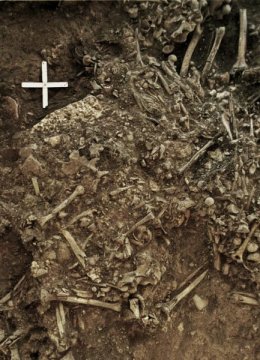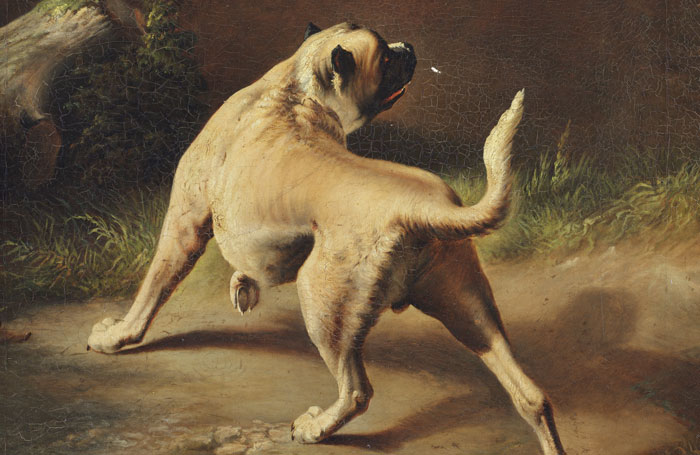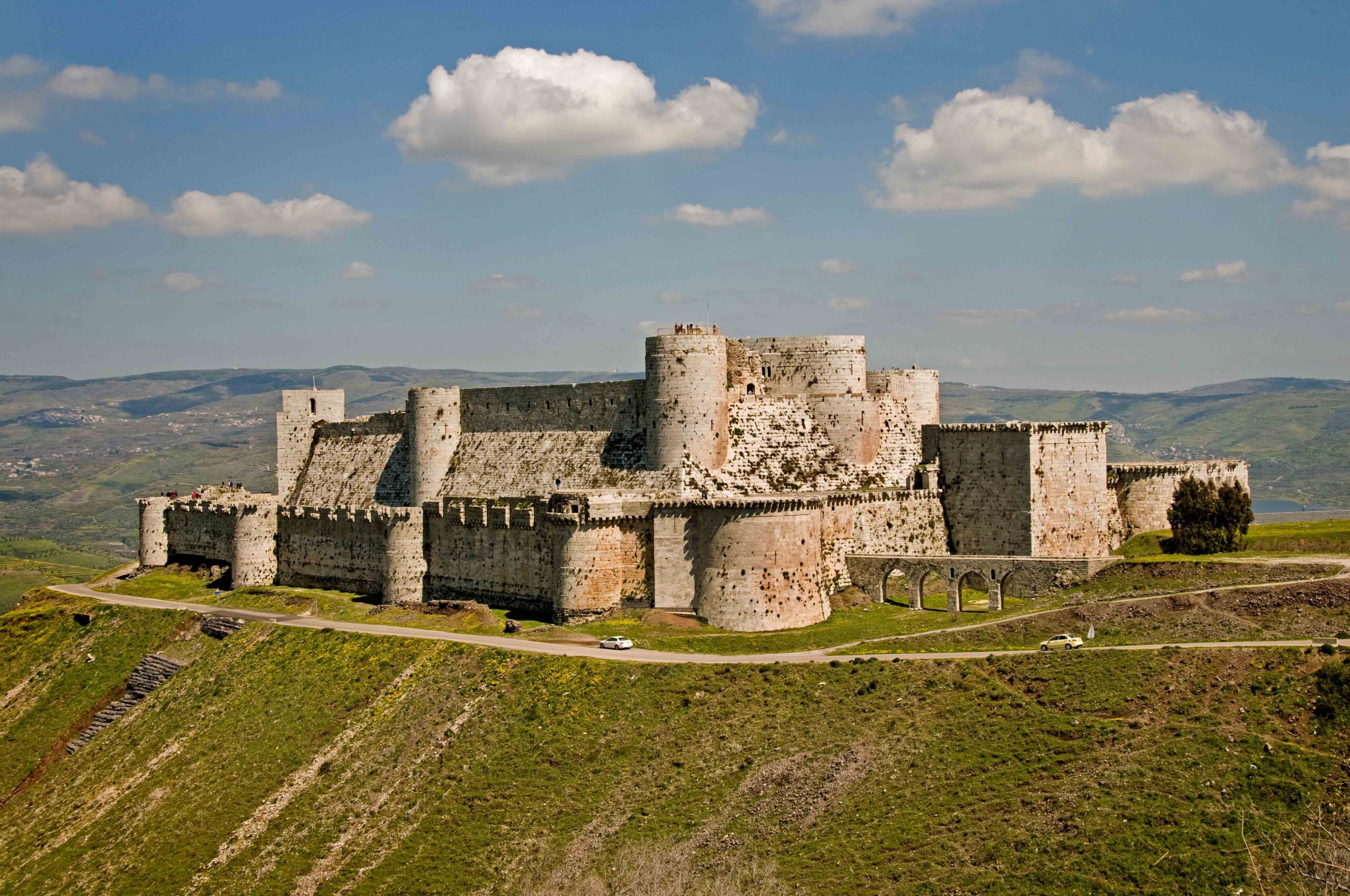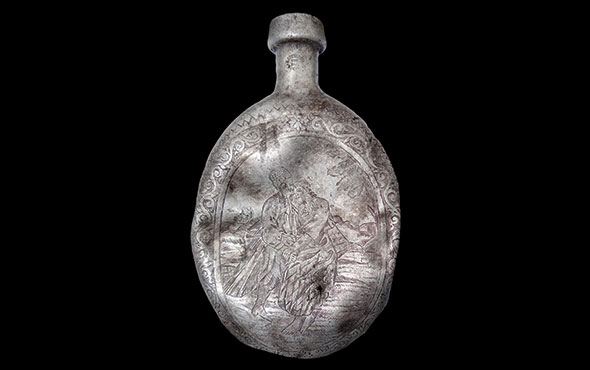
MARSEILLE, FRANCE—Live Science reports that a new strain of Yersinia pestis, the bacteria that causes plague, has been identified in human remains from a Neolithic tomb in Sweden by a team of researchers led by biologist Nicolás Rascovan of Aix-Marseille University. The bacterial DNA came from the dental pulp of a 20-year-old woman who is thought to have died about 4,900 years ago from the deadly pneumonic form of the disease. Based upon comparisons with other strains of Yersinia pestis, Rascovan and his colleagues suggest this one diverged about 5,700 years ago, making it the oldest known strain of plague. It had been previously thought that plague first traveled to Europe from the Eurasian steppe as people migrated west and replaced European farmers, but the age of the plague strain found in Sweden suggests that European farmers may have already suffered from the infection and been in decline when the Eurasians arrived. Karl-Göran Sjögren of the University of Gothenburg said the presence of the plague in Sweden could reflect the growth of bigger settlements and poor sanitary conditions, use of wheeled transport, and increased contact among groups of people through trading networks in the Neolithic world, all of which may have helped spread the pathogens. The scientists have not yet found direct evidence of plague in any of these large Neolithic settlements, however. For more, go to “A Parisian Plague.”










